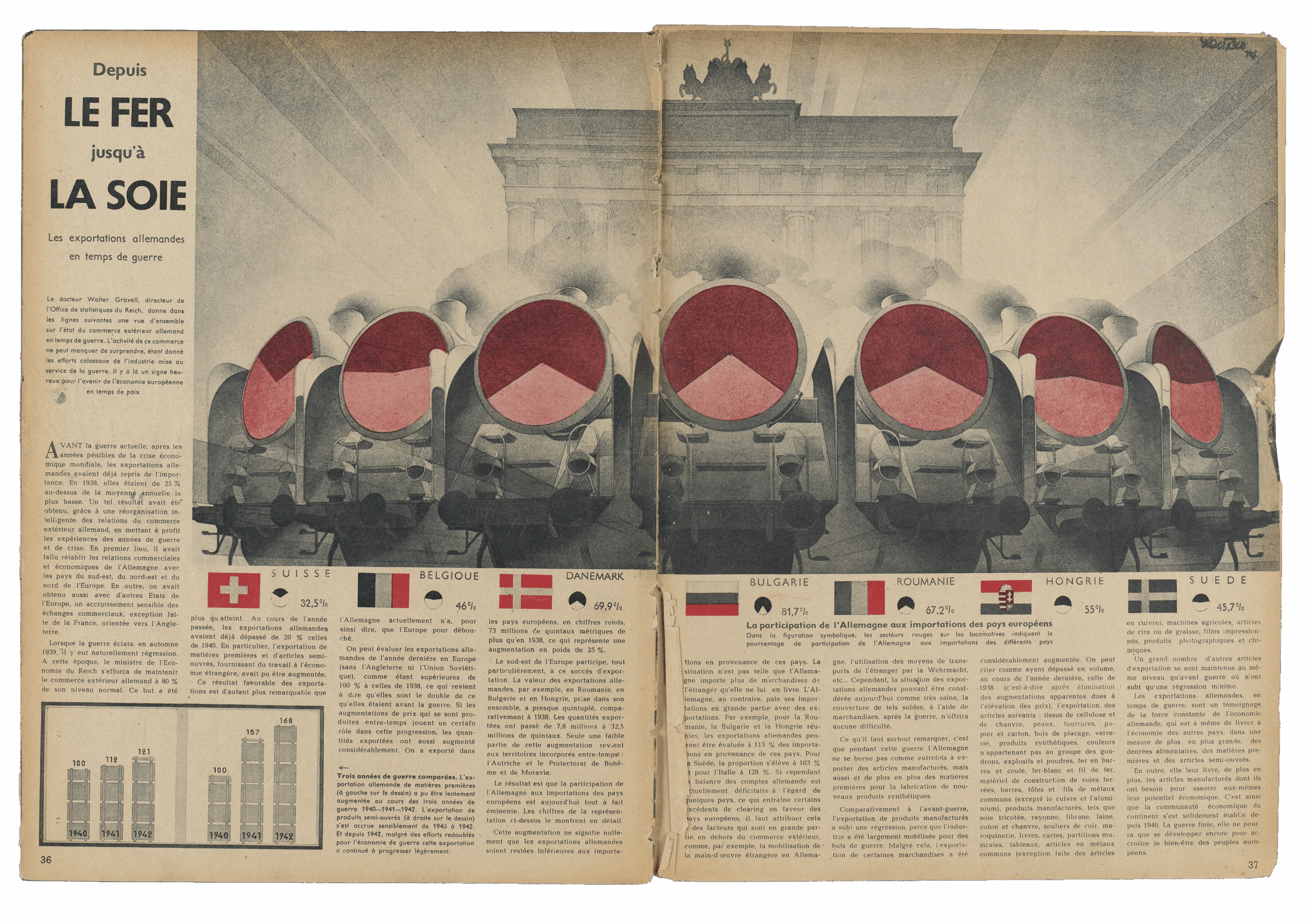
"Signal magazine, despite its Nazi connections, was surprisingly free of overt anti-Semitism, aiming to maintain a favorable image of Germany in the eyes of foreign audiences."
"The design of Signal drew heavily from American media like Life magazine, utilizing eye-catching graphics to create a visual narrative supportive of German propaganda."
RJ Andrews and Attila Bártfy focus on Signal, a Nazi propaganda magazine from the early 1940s guided by colonel Hasso von Wedel. Unlike typical Nazi rhetoric, Signal presented Germany as benign and peaceful, avoiding explicit anti-Semitism, likely to prevent backlash from intellectual circles in foreign nations. Its visuals mirrored those of American Life magazine, emphasizing design to engage audiences. The article highlights the complex function of propaganda and warns against dishonesty in data presentation, using Signal's historical context as a cautionary tale.
Read at FlowingData
Unable to calculate read time
Collection
[
|
...
]